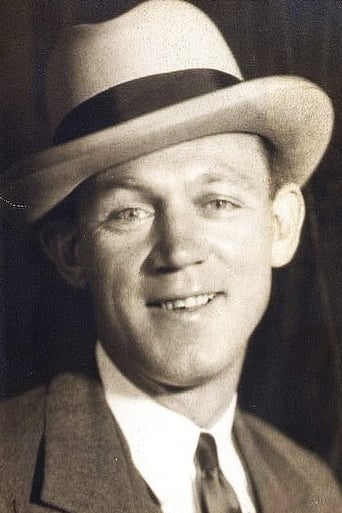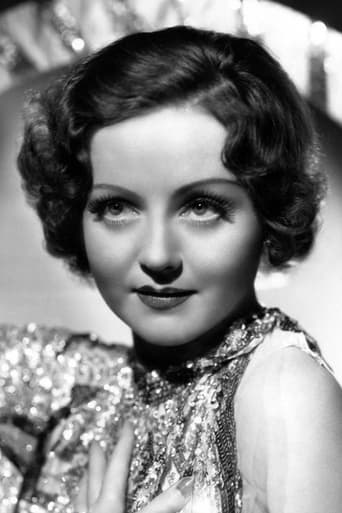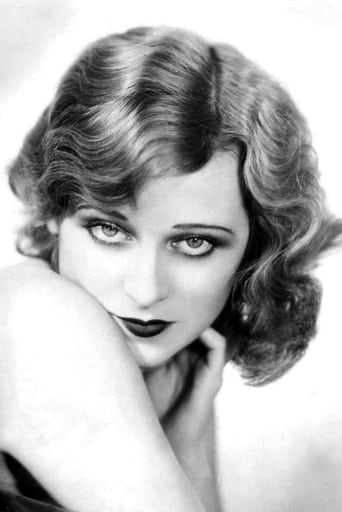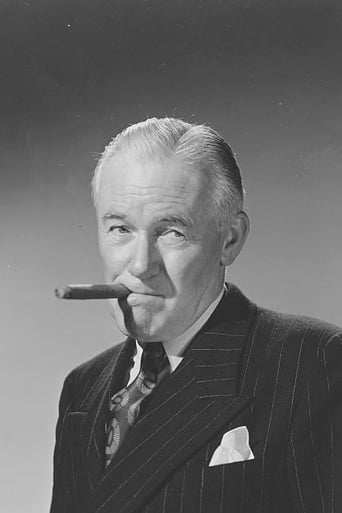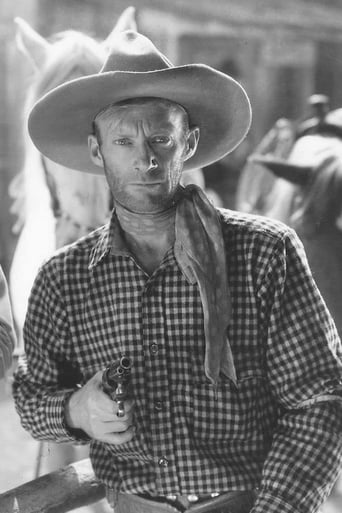Interesteg
What makes it different from others?
SnoReptilePlenty
Memorable, crazy movie
Smartorhypo
Highly Overrated But Still Good
MusicChat
It's complicated... I really like the directing, acting and writing but, there are issues with the way it's shot that I just can't deny. As much as I love the storytelling and the fantastic performance but, there are also certain scenes that didn't need to exist.
MartinHafer
Back in the early days of sound movies, Hollywood was in love with musical spectaculars. The problem is that with the earliest ones, the quality of the sound and dancing is pretty awful. This is painfully obvious in "The Dance of Life". I don't entirely blame the films. After all, sound technology was primitive and quality choreography was something you wouldn't see until the early 30s. The Busby Berkeley-style song and dance numbers were very crisp and professional--the stuff in the earlier films just looks rough...very rough.This film is about two stage performers--Skid (Hal Skelly), a comedian, and Bonny (Nancy Carroll). When the film begins, both are out of work and struggling. Together, they seem to do much better and come to be friends and eventually marry. However, over time, Skid hits the big time and Bonny is left behind--putting a big strain on their relationship. Eventually, she takes up with a millionaire and Skid, unexpectedly, hits the skids. What's next for the duo?This film is very dated. As I mentioned, the dancing is pretty bad. Additionally, similar material is handled better in other films. Mostly of interest to devoted fans of the real oldies.By the way, sadly only a few years after doing this film, Hal Skelly was killed when he was a passenger in a car that got hit by a train! So, if you ever wanted to see this vaudevillian, this film is one of the few chances.
cstotlar-1
This was certainly not what I expected. I was delightfully surprised in just about every way. This film shows clearer than any I've seen the Vaudeville life and the acts in the last years. The sound was handled beautifully and the ending quite touching. Since I caught this where I could find it on You Tube, there were no sequences in color, alas, but everything else was precious, particularly the leads. It paved the way for so many subsequent "show must go on" movies and the phrase itself finally became cliché but this is pristine, sensitive and ultimately quite moving. I was also thankful that so many of the acts were filmed in their entirety, for historical as well as artistic reasons. The balance was perfect!Curtis Stotlar
calvinnme
This is one of the very good early talking films of 1929, although the plot itself seems very typical. The difference in this backstage musical is in the use of the camera and the delivery of the performances by the cast. It is quite technically advanced and this allows the viewer to appreciate the heart behind the film rather than noticing how primitive everything seems. There might be what constitutes spoilers ahead, so be warned.Nancy Carroll was a big star at Paramount at this time, and here she plays a dancer, Bonny, who has come a long way to audition as a dancer in a revue. Hal Skelly plays Skid Johnson, an eccentric dancer with the troupe. He rebukes the manager of the troupe for not giving Bonny his attention when she auditions, and Skid is now out of a job too. While waiting in the train station, the two wire a burlesque troupe that is advertising for dancers and they both get hired. From that point forward Bonny and Skid are fast friends, and ultimately consider themselves partners since they mostly dance together. Skid is a big plain looking fellow, but he has a heart of gold. The problem is, after the show he drinks like a fish. He's not a mean drunk, just a drunk.The revue falls on tough times and the manager is telling Skid he will have to let Bonny go. Skid tells him to keep Bonny on and just take her salary out of his. When Bonny refuses this as charity, Skid uses this as an opportunity for a rather sideways but sweet proposal. The two get married that very night, but there are constant arguments from that point forward over Skid's drinking and general irresponsibility. Ultimately, Skid gets an opportunity to headline in a Zeigfeld show. Bonny tells him to take the job and leave her behind. Skid does so, but without someone to watch over him he drinks even more heavily and begins womanizing. Skid eventually hits the skids and drinks himself right of his job and his marriage.The manager of the old troupe decides to give Skid another chance. However, without Bonny, Skid has no real motivation to sober up. The night of the opening performance he shows up drunk. Bonny does get him straightened out in time, but the closing scene leaves matters open on whether the two will reconcile. What is clear is that the two do love each other and always have. Sometimes however, love and the will to make it work are not enough. Both people need to have some strength of character, and in this case one party doesn't, and furthermore, he knows and admits he doesn't.Hal Skelly was killed in a car when it collided with a train in 1934, so his life was tragically cut short at age 43. He gave such a great performance here I'm surprised he didn't at least get an Oscar nomination for his acting.One other commenter mentioned that this film is on home video, but I have never been able to find it commercially available. The DVD copy I have was duped from a VHS tape that was apparently on its last legs. At one point I thought that I was watching a scene in two strip Technicolor when I realized that the outfits of the chorus girls appeared yellow because of a rotten spot on the original tape that had copied onto the DVD. Even if you have a bad copy though, this film is well worth your time. Paramount made some of the finest films in that first talkie year of 1929 - this film, The Virginian, Chinatown Nights, The Love Parade, and Glorifying the American Girl, for example. It's too bad that we'll probably never see any of these in their restored state on an official DVD release.
arthursward
Here's one of the early talkies that has been readily available to home video, but one I've avoided. An early musical, and yet another "backstage" plotline, this was something I've seen done so poorly elsewhere I suspected I'd wind up throwing things at my TV. [Have any of you anguished your way through the musical numbers of The Great Gabbo?] Happily, such was not the case. Here is a film totally accessible to contemporary audiences.A big film in its time, Paramount popped for Technicolor and assigned it's two top directors, Cromwell and Sutherland. [The directors appear in cameos as doorman and theatre attendant, respectively.] Musical sequences are well done and entertain. Cringe factor on a one to five scale, one. The wonder of seeing the tall, lanky Skelly and diminutive Carroll dancing in perfect unison is still with me. They're the most unlikely team this side of Laurel and Hardy.Many other splendid differences between this film and its contemporaries are worth noting. Released August, 1929, Paramount's superimposed credits seem so much more modern than the silent card graphics MGM still used. Not everyone cares to know who the associated producer is, we want entertained. Behind The Dance Of Life, silhouetted stage hands scurry about, pulling backdrops and riggings. You're treated to seeing behind the scenes while the obligatory texts play out. The ensemble cast has antagonists which prove to be red herrings. It's loaded with interesting camera compositions. A train is gained and quit at night in a pouring rainstorm. A sandwich is used as a romantic device. And what I enjoyed the most was the personal and up close feeling the directors give scenes. Skelly, after pratfalling from wing to wing, sings "True Blue Lou" so personally it would seem he was oblivious to the camera which closed in three times during the song.A snapshot of a lost form of American entertainment, The Dance Of Life stands apart from its roots as a great film. See it!
